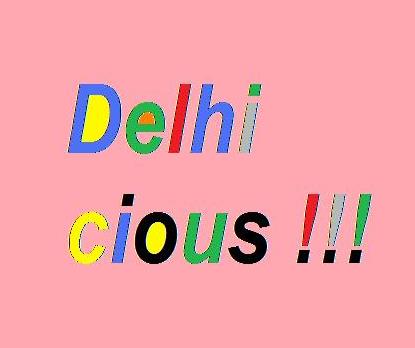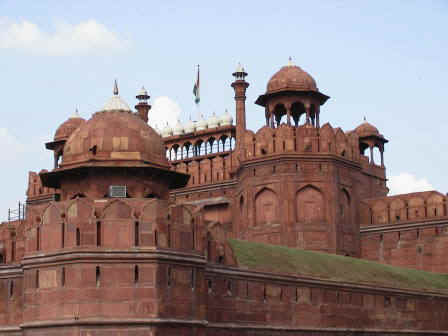
Delhicious past
Like many charming ladies, Delhi too has a past!
By: Rajbir Deswal
News has reached us claiming Delhi (http://www.tribuneindia.com/2010/20100415/nation.htm#15) to be the most popular among foreign tourists .Contrast this claim with the Economist Intelligence Unit’s survey done some years back which dubbed Delhi as the ‘third worst city’ for foreigners and one is bound to get confused.
The impression given historically may be that “Delhi is the capital of the losing streak. It is the metropolis of the crossed wire, the missed appointment, the puncture, the wrong number…” but when it comes to the aspects of health and safety; culture and environment; and infrastructure, Delhi is the third worst city in the world to live in, for foreigners, after Port Moresby in Papua Guinea and Karachi in Pakistan.
I have no reason to differ with the survey conducted by the Economist Intelligence Unit as also FICCI (Federation of Indian Chambers of Commerce and industries) but going by the accounts of the travellers and chroniclers, it is a mixed bag of impressions but largely in favour of the Indian capital, and yes a bit, against Karachi.
John Foster Fraser, in his Round the World on a Wheel, (1899) describes Delhi as “the most uncertain minded of cities in the world. It is like a fidgety girl who will first sit here m and there, then somewhere else, and 50 square miles of ground and 20,000 ruins tell where it has rested. The modern Delhi is like the capricious girl grown up—charming and imperial. But also, like so many grown up and charming ladies, Delhi is a city with a past.”
Through a letter written to her family on February 18, 1916, Gertrude Bell, having enjoyed the hospitality of the Viceroy conveyed her impressions of Delhi as :”Though I knew the plans and drawings I didn’t realise how gigantic it was till I walked over it. They have blasted away hills and filled up valleys, but the great town itself is as yet little more than foundations. The roads are laid out that lead from it to the four corners of India, and down each vista you see the ruins of some older imperial Delhi. A landscape made up of empires is something to conjure with.”
Our own VS Naipaul, in An Area of Darkness, (1964) strikes a satirical note when he says about Delhi that. “The streets were wide and grand, the roundabouts endless: a city built for giants, built for its vistas, for its symmetry: a city built for its vistas, for its symmetry: a city which remained its plan, unquickened and unhumanized, built for people who would be protected from its openness, from its openness, from the whiteness of its light, to whom the trees were like the trees on an architect’s drawing, decorations, not intended to give shade: a city built like a monument.”
In 1874, Edward Lear in a letter to Lord Carling Ford exhibited interesting wordplay—“Delhi, where I stayed 10 days making Delhineations of the Delhicate architecture as is all impressed on my mind as in Delhi by as the Delhiterious quality of the water of that city.”
As for Karachi, George Woodcock, in his Asia’s, Gods and Cities exclaimed, “It rises from a barren desert.” Care for the other impression about the city? Well, it goes like this—Karachi, the Americans say, “is half the size of Chicago cemetery and twice as dead.”




